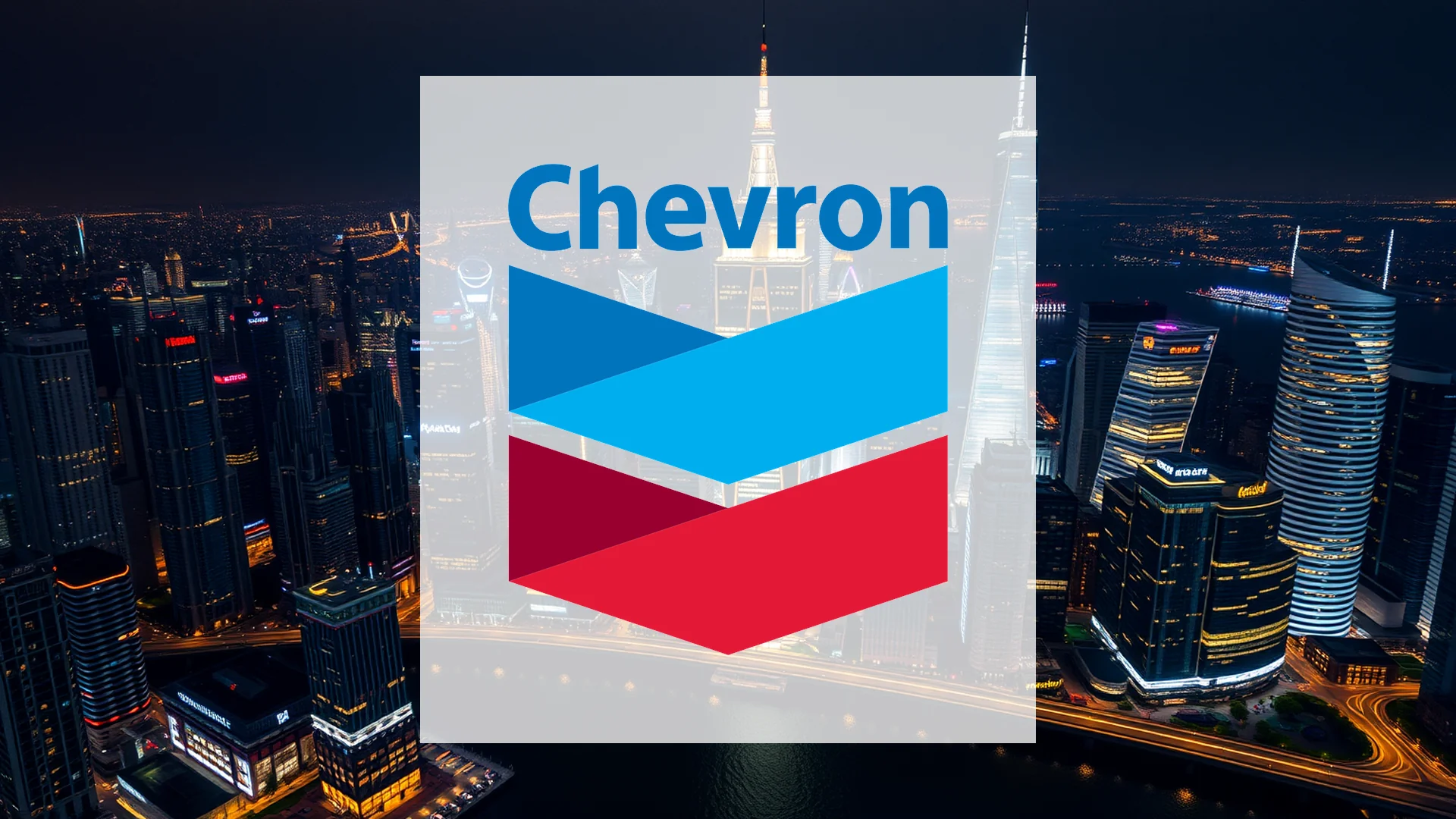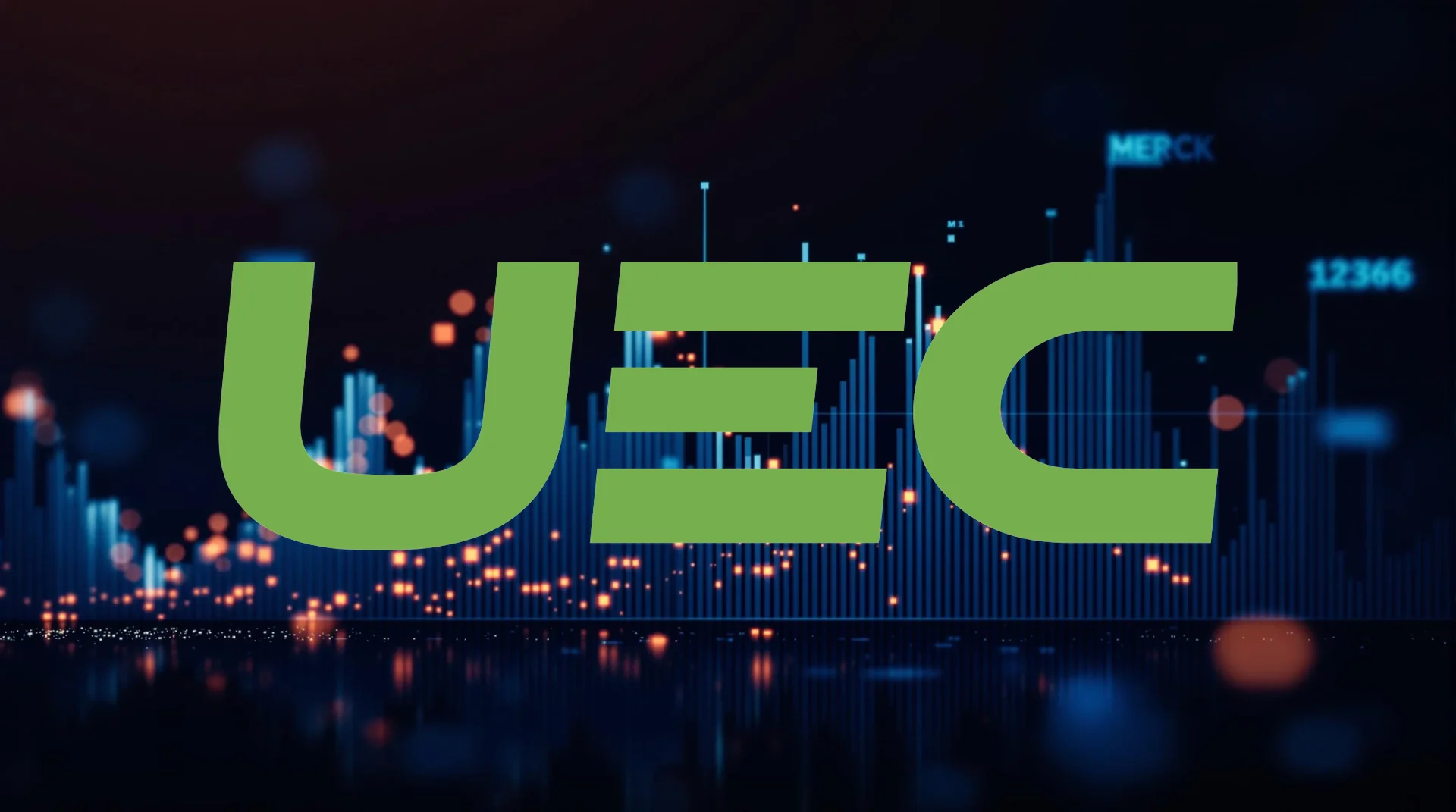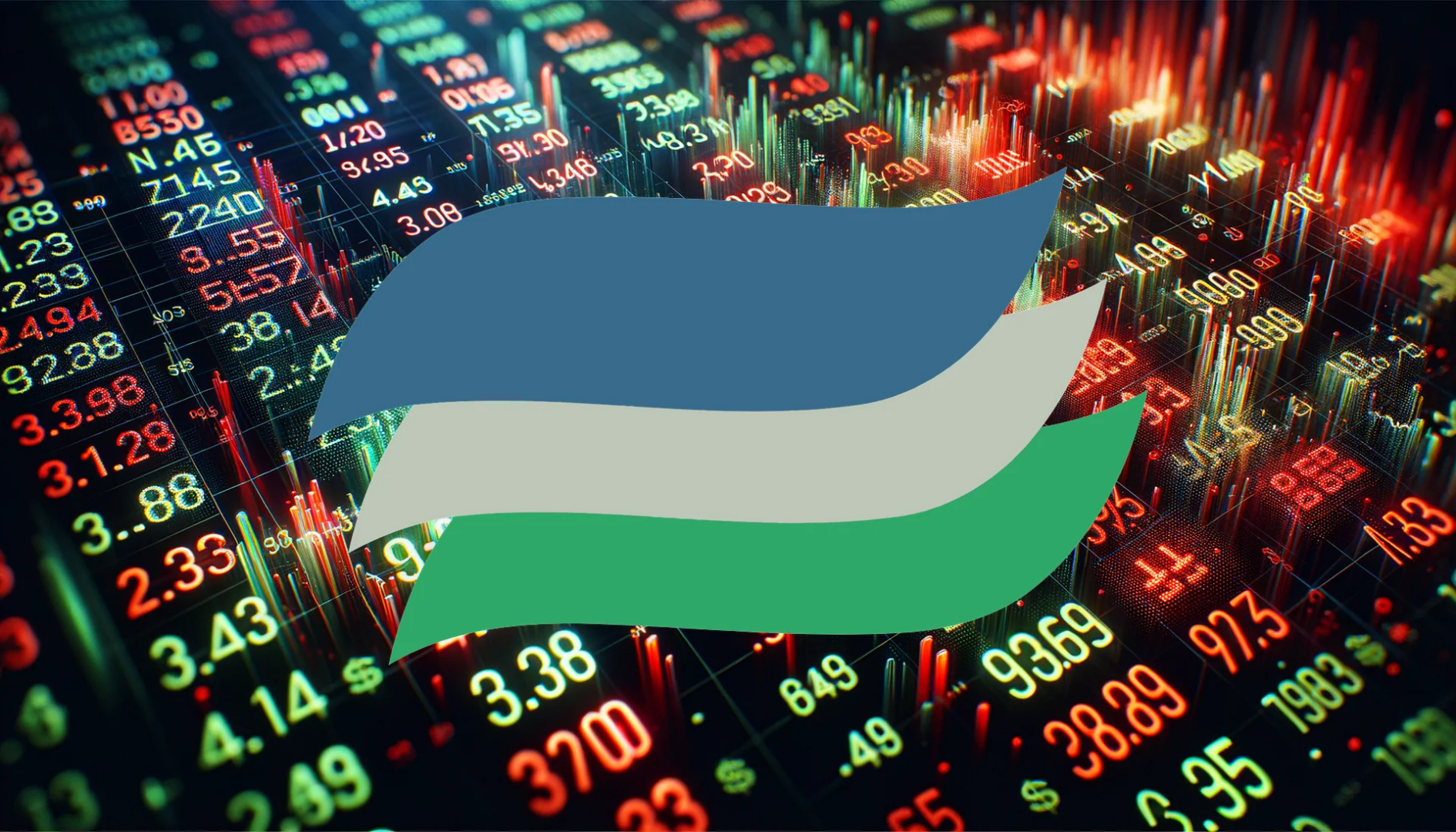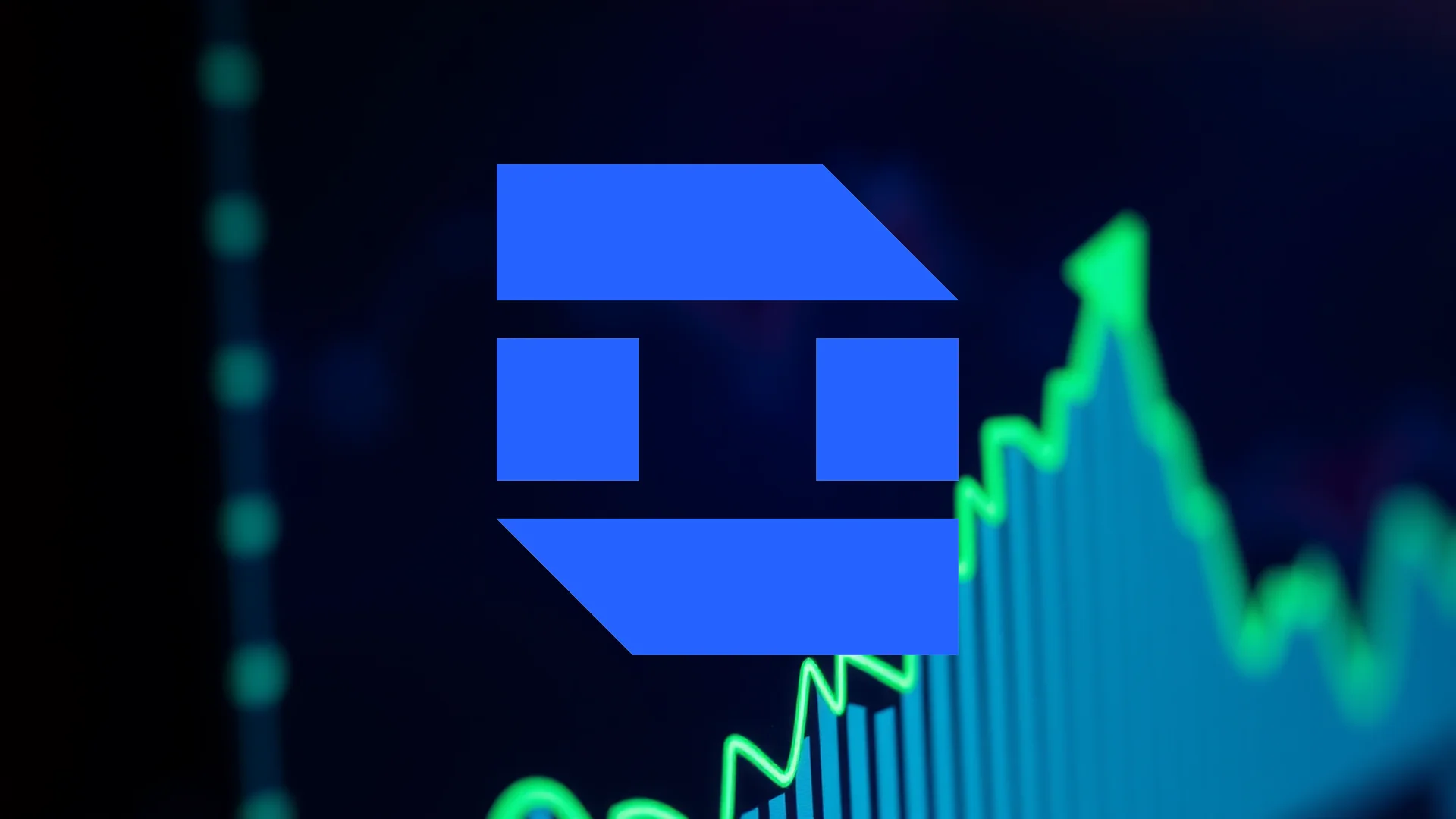Energy titan Chevron is undergoing a profound corporate transformation marked by significant workforce reductions and strategic realignments. Despite this period of internal upheaval, several major institutional investors continue to express confidence in the company’s long-term value proposition. The central question remains whether ambitious cost-cutting initiatives and expansion plans can reverse the stock’s downward trajectory.
Financial Performance: A Mixed Quarter
Chevron’s latest quarterly results presented a contrasting picture. The company reported earnings per share of $1.77, substantially exceeding expectations of $1.58. However, revenue experienced a 12.4% year-over-year decline, falling to $44.82 billion. This divergence suggests effective profit management amid challenging revenue conditions.
For income-focused investors, Chevron maintains its appeal with a consistent dividend policy. The recent quarterly distribution of $1.71 per share provides an annualized yield of 4.4%, offering a stabilizing factor within the volatile energy sector.
Strategic Restructuring Underway
In a bold cost-cutting move, Chevron announced plans to reduce its global workforce by 15-20% by the end of 2026. This substantial reduction forms part of a broader efficiency program targeting $2-3 billion in savings. Concurrently, the company is streamlining its organizational framework through the consolidation of various business units.
Beyond austerity measures, Chevron is pursuing strategic expansion. Through its joint venture GS Caltex, the company is strengthening its presence in South Korea’s refinery and petrochemical sectors. This diversification strategy aims to enhance resilience within its downstream portfolio.
Should investors sell immediately? Or is it worth buying Chevron?
Major Investors Take Contrasting Positions
Institutional investors have positioned themselves differently regarding Chevron’s prospects. Jones Financial Companies increased its stake by 25.7% during the first quarter, building a position of nearly 700,000 shares. Other asset managers followed with similar accumulation, signaling sustained institutional interest despite current market volatility.
The analytical community maintains a generally cautious stance, with a consensus “Hold” rating on the stock. Bank of America stands apart from this view, having recently raised its price target to $185 while reaffirming its “Buy” recommendation. The bank’s optimism stems from Chevron’s acquisition of Hess, which strengthens the company’s upstream focus and is projected to significantly boost free cash flow over the next 18 months.
Operational Expansion Shows Promise
Chevron’s operations in Argentina’s Vaca Muerta shale formation demonstrate particular promise. The company plans to increase oil production from the current 25,000 barrels per day to 30,000 barrels daily by the end of 2025, underscoring management’s confidence in this substantial unconventional resource.
Bank of America projects these developments, combined with reduced capital expenditures, will drive impressive growth in free cash flow per share—from $7.6 in 2024 to $17.4 by the conclusion of 2027. Such improvement could substantially enhance the company’s fundamental valuation.
Whether Chevron’s aggressive efficiency measures and strategic expansions will satisfy bullish expectations remains uncertain. Forthcoming quarterly results will reveal whether the corporate overhaul is beginning to yield tangible benefits.
Ad
Chevron Stock: Buy or Sell?! New Chevron Analysis from December 19 delivers the answer:
The latest Chevron figures speak for themselves: Urgent action needed for Chevron investors. Is it worth buying or should you sell? Find out what to do now in the current free analysis from December 19.
Chevron: Buy or sell? Read more here...









